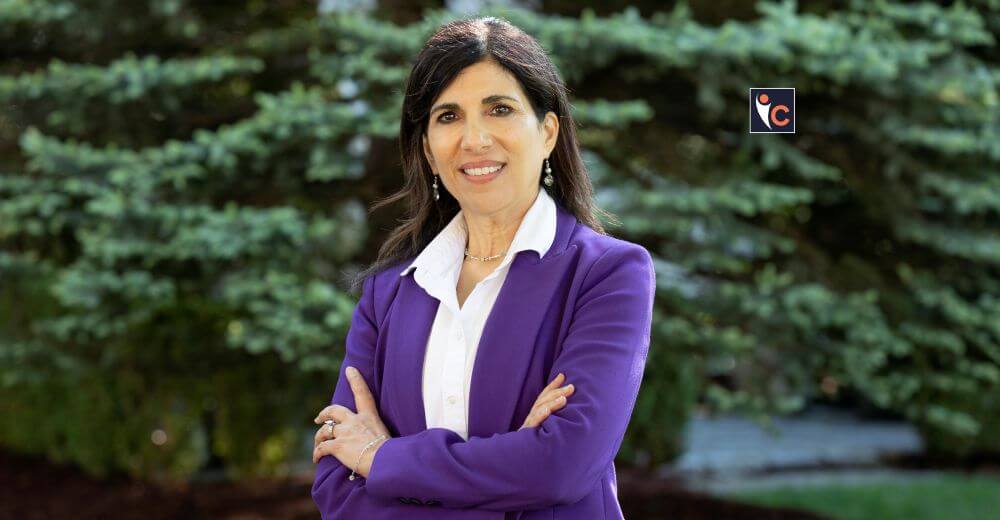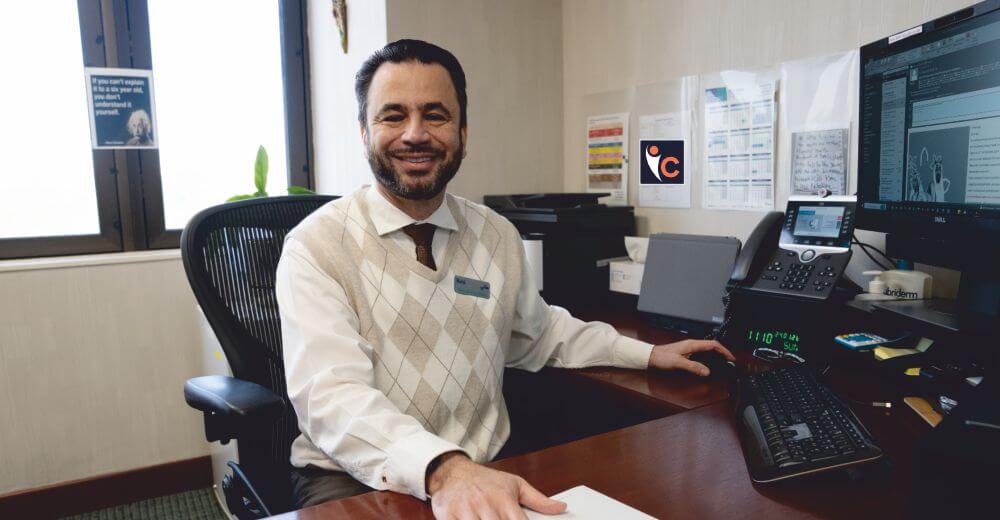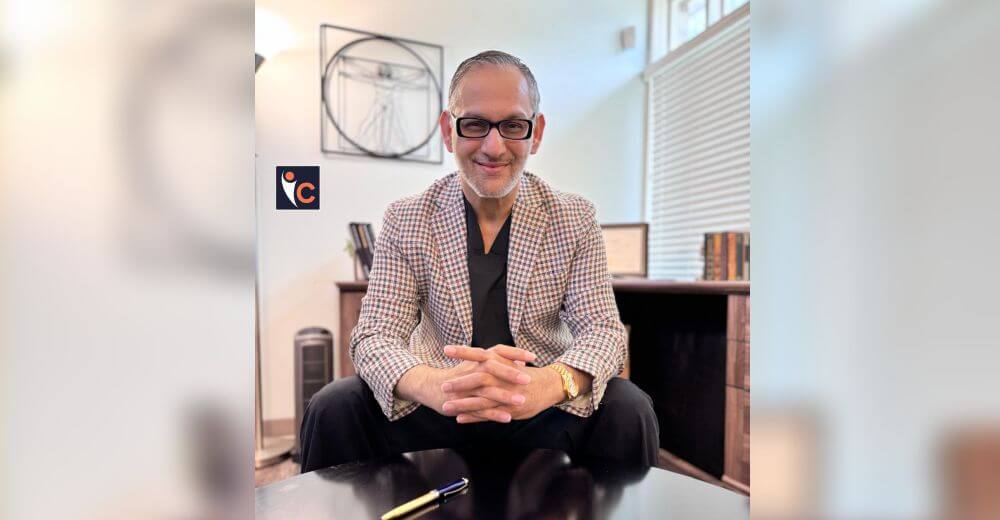In the past decade, healthcare professionals used to face challenges in staying current with the latest developments in their fields. They had to rely on outdated textbooks, journals and seminars that were often infrequent and hard to access. This lack of access to up-to-date information meant that healthcare providers were unable to provide their patients with the best possible care.
In 2010, Lisa Keckich, the Executive Director, had a vision to change this situation. She wanted to create a company that could provide cutting-edge educational programs to healthcare professionals and keep them up-to-date with the latest field advancements. She started at the Academy for Continued Healthcare Learning (ACHL) with this vision.
From the very beginning, ACHL was committed to providing high-quality continuing education programs to healthcare providers. The team at ACHL worked tirelessly to develop educational programs that were relevant, engaging and evidence-based. They understood that healthcare providers had busy schedules, so they made sure to deliver their programs in a variety of formats, including live events, online courses, and enduring materials.
Over time, ACHL’s reputation grew as healthcare providers began to recognize the value of their educational programs. Physicians, nurses, pharmacists, and other healthcare professionals started turning to ACHL as a trusted partner for their continuing education needs. ACHL’s commitment to providing cutting-edge education has made them an essential part of the healthcare community.
Today, ACHL is a leading provider of CME/CPD programs, offering a wide range of educational programs on clinical practice guidelines, emerging therapies, healthcare policy and patient-centered care. They are accredited by the Accreditation Council for Continuing Medical Education (ACCME), Accreditation Council for Pharmacy Education (ACPE), and other continuing education organizations, ensuring that their programs meet the highest standards of educational quality.
The company’s mission is to improve patient outcomes through education. They are committed to providing healthcare providers with the knowledge and skills they need to deliver high-quality, evidence-based care. With their dedication to excellence in continuing education, ACHL has been recognized as one of the top five CME providers in 2023.
Let’s learn about ACHL and its contributions to becoming a trusted partner for healthcare providers who seek to meet their educational needs and improve patient outcomes.
ACHL in Brief
Since 2006, the Academy for Continued Healthcare Learning (ACHL), based in Chicago, Illinois, has sought to design, develop and implement quality continuing education activities that positively influence the way healthcare is practiced and the quality of patient care. Supported by a staff of twenty-one employees, ACHL develops comprehensive educational designs reflecting the multifaceted and globally diverse healthcare environment.
“In our experience, the most successful educational programs create synergies between knowledge acquisition and application to practice, considering the complexity of healthcare delivery and the heterogeneity of professionals who play roles in improving patient care,” says Lisa.
Maintaining Meaningful and High-Quality Education
“At every point in time, from conceptualization to evaluation, there is one question we ask ourselves as we develop education—is it meaningful?” explains Lisa. “Our corporate culture promotes an action-oriented perspective to seek solutions to problems, weighing the desired outcomes and implications of our choices with a continual cycle of ideation-action-evidence-refinement. Following the launch of an educational activity, we simultaneously celebrate our accomplishments while assessing opportunities for ongoing refinement and improvement.”
Along with this approach, another critical component to developing high-quality education is engaging stakeholders who can partner in full-cycle conceptualization, design and development of responsive education, considerate of nuanced learner audiences and their practice environments. This collaborative model is foundational to ensuring educational relevance and success.
As part of ACHL’s ideation exercise, access to stakeholders offers first-hand perspectives on what is and isn’t working, whether that is through the lens of how efficiently and effectively healthcare is provided or from the perspective of patients (or their advocates) about the quality of their care. On the implementation side, these partners help the company interpret and navigate the complexity of clinical education without oversimplifying or diluting the educational content. And on the evaluation side, they help define what is meaningful and to whom, guiding the evaluation methodology by which ACHL measures success.
CME Activities at ACHL
ACHL strives to develop customized instructional designs responsive to the nuanced circumstances underlying identified educational needs, but it also works to create scalable solutions to accommodate different budgets and appeal to different learner types.
The company develops live education at the point of care, adaptive and personalized learning, quality and performance improvement activities, algorithm-driven clinical tools and practice guides, training of trainers programs, educational documentaries, case challenges, “cinemeducation,” gaming designs, interactive infographics, patient education programs including whiteboards, live symposia at congresses, and micro CME.
ACHL’s Approach to Learning Programs
Like many CPD providers, ACHL follows Bloom’s Taxonomy when considering the different learning domains and their relevance when establishing educational goals. The company leverages different adult learning principles to achieve these goals and engage learners. Often, its educational programs will span multiple domains, seeking to achieve higher cognitive learning as well as effective and behavioral learning outcomes.
“However, if there was one andragogical theory that underpins much of ACHL’s educational philosophy and resonates for our vision of what CME/CPD can be, it’s the constructivist theory,” adds Lisa. “Much of our education is designed with the expectation that learning occurs through experience and reflection and we are here to facilitate an active, optimal process in the context of who they are, where they practice, and who they treat every single day.”
Lisa explains further that this especially holds true when developing online education, which creates access to a heterogeneous mix of clinicians, varied by specialty, discipline, experience, practice setting and geography, as well as acumen levels. Despite this diversity, providers often look to measure educational effectiveness considering of a “typical” learner within the primary target audience. Yet when clinicians outside of this narrow audience participate in an activity, the measures of success aren’t optimally aligned to their role in the patient management experience and consequently, their educational results may not fully reflect the impact of the education.
“For these reasons, when we consider different learning domains in our instructional design, we think about these heterogeneous learners and the ways our education can serve them in delivering better healthcare across the compendium of care,” she adds.
Measuring Educational Impact
ACHL uses a variety of methods to measure educational impact through the lens of improved patient health. “And while there are some within the industry who continue to look at how many individuals show up versus whether we realized meaningful performance improvement through our education, there are many of our colleagues who have made tremendous efforts in innovating educational design and effectiveness measurements, and they inspire us every day,” says Lisa.
Admittedly, achieving patient-level outcomes can be challenging outside the clinical practice setting. “For ACHL’s purpose, for those activities intended to improve health outcomes, we often ask learners to develop their own action plans where they self-assess conditions specific to their clinical practice, establish goals and identify changes they can implement to achieve those goals. These goals often range from process level changes such as adding an EMR flag as part of routine practice or hospital level goals such as lowering lengths of stay or reducing the number of readmissions,” highlights Lisa.
“This approach is rooted in quality improvement practices, and while simple in design, it creates a path by which learners can reflect on what they learned and how they might apply it in the context of their individual practice setting.”
ACHL’s Success Story
The long-existing health disparities in the US have only been elucidated since the pandemic. These disparities occur across many dimensions, including race/ethnicity, socioeconomic status, gender, age, geography, disability status, and sexual orientation. While developing education to increase awareness around disparities is an important first step, it is essential to challenge the CME industry to reach out to their communities, establish collaborations with diverse stakeholders, and conceptualize new educational frameworks that systematically improve care and achieve meaningful ones and measurable results.
ACHL is immensely proud to be a driving force in working with individual and organizational partners to develop education, navigating the complex behavioral, sociocultural, systemic and policy domains fueling disparities in care, and offering paths for both incremental and sustained change.
Attaining Recognition in the Industry
In the last two years, ACHL has won two awards that best illustrate its market position. The first was the 2021 Alliance Industry Summit’s (AIS) Best in Class Outcomes Award for a dermatology-focused program using ACHL’s adaptive learning platform.
The second award was the 2022 ACEHP Innovative Format Award for ACHL’s Pathfinder framework, a translational practice design that simultaneously addressed deficiencies in disease knowledge, suboptimal treatment selection, inconsistent guideline adherence and inadequate shared decision-making (performing precision medicine) in patients with ovarian cancer.
Key Takeaway
Managing complex patients in real-world practice requires evolved problem-solving and analytical skills not easily honed through the one-size-fits-all approach that pervades most IME. Technological advances in and outside of education have created a growing demand and expectation for flexible learning pathways that can accommodate diverse learning needs and paces while also being scalable and engaging.
Learners are tired of wasting time on education that covers material they already know. Rather, they want to find the education they need easily, delivered the way they want, in their limited time. Yet, while the aim of creating a learning environment in which educational content is provided based on the need of the unique learner seems simple in theory, it is immensely complex in its execution.
ACHL has strived to create solutions employing big data, machine learning and artificial intelligence (AI) to optimize learning experiences in a safe, efficient and continual environment, and this activity was successful in reaching and engaging diverse learners while achieving higher-level outcomes.
“At ACHL, we believe education that creates a practical context of clinical data and/or guidelines not only creates relevance but facilitates application,” concludes Lisa.















